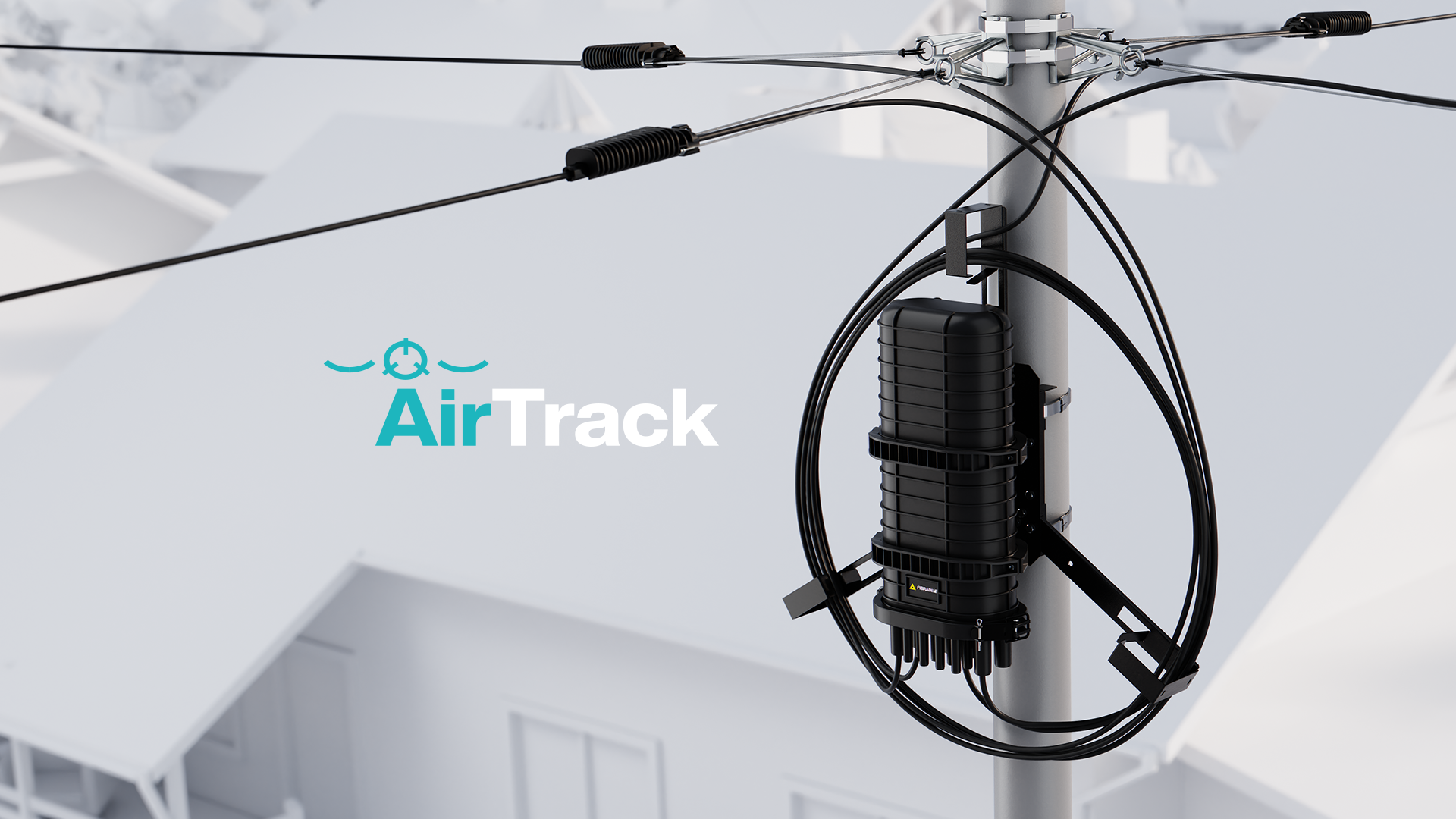
This solution serves as an alternative to duct networks, which require high financial resources and are extremely time-consuming.
Aerial networks are subject to changing weather conditions throughout their lifespan. A fiber optic cable and accessories, especially anchoring clamps are an interdependent element of an entire system, which needs to be characterized by high resistance to all external factors such as wind pressure, hoarfrost, aeolian vibrations, temperature change, and UV radiation. These factors generate additional tensions in a cable.
Therefore, in this case also optical fiber is subject to tensions, which can lose its transmission parameters, and in the worst case be damaged. For this reason, a selection of appropriate equipment and accessories to weather conditions present in a given areas are so valid. FIBRAIN relies on a comparative analysis NESC, which is the standard created by the United States of America specifying norms of proper and safe installation as well as using electrical and telecommunicati.
| LIGHT | MEDIUM | HEAVY | |
| Icing layer thickness | 0 mm | 6.5 mm | 12.5 mm |
| Wind load pressure (horizontal) | 430 Pa | 190 Pa | 190 Pa |
| Temperature | -1C | -10C | -20C |
| NESC additional load indicators | 0.7 N/m | 2.5 N/m | 4.4 N/m |
